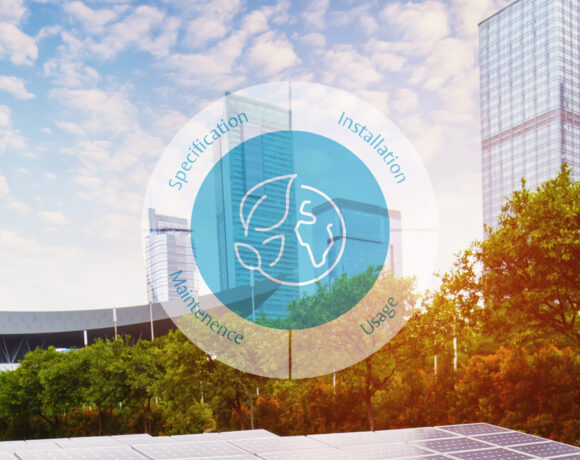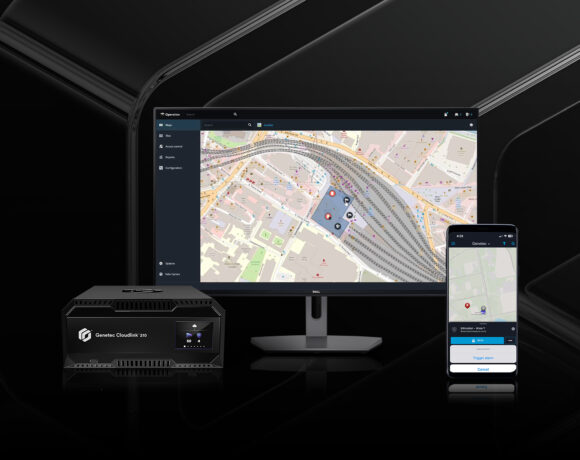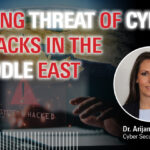Using Drones for Critical Infrastructure Protection
Malicious threats to critical infrastructure, including energy facilities, oil and gas complexes, ports, transportation hubs, and national borders, are varied and significant. These threats range from espionage by rival nations seeking sensitive information to the possibility of attacks by terrorist organizations and hostile subjects.
In an era where the security landscape is becoming increasingly complex, safeguarding critical infrastructure demands innovative solutions. Drones for perimeter surveillance emerge as a powerful ally, offering agility and versatility to counter evolving threats. Let’s delve into the intricacies of fortifying critical infrastructure security, uncovering the strategic imperatives for success. Here are some of the points, which have been highlighted by our customers.
UAV’s Surveillance Capabilities
For critical infrastructure protection, effective surveillance is paramount. As the saying goes, “Knowledge is power.” Assessing a UAV’s surveillance capabilities – its range, resolution, and real-time monitoring features – is crucial for detecting and monitoring potential threats to critical assets. Drone security is second to none.
Terrain Adaptability
Critical infrastructure sites vary, from industrial complexes to energy facilities. The ability of UAVs to adapt to various terrains ensures a strategic advantage. Navigating with a Drone-in-a-box solution across a variety of landscapes, including manufacturing sites, logistics hubs or vast campuses, contributes to comprehensive security. This flexibility, combined with AI assistance can help make drone operations both safer & smarter.
Sensor Integration
Day or night, a UAV’s ability to integrate advanced sensors enhances detection capabilities. Thermal imaging, night vision, and radar systems contribute to improved surveillance, especially during low-light conditions, providing crucial insights for critical infrastructure protection.
Endurance and Range of Drones for Perimeter Surveillance
Critical infrastructure sites often span large areas. A UAV’s endurance and range determine its effectiveness in covering the entire facility or specific sectors without frequent refueling or recharging, ensuring continuous monitoring and perimeter control. It is one of the reasons why Microavia has opted for battery switching rather than recharging for our drone-in-a-box solutions. This component is also critical for drones used for border control security, as they provide UAVs for 24/7 monitoring of critical areas.
Autonomous Drone Operation
In reducing the workload on security teams, autonomous features are pivotal. The ability of a UAV to navigate autonomously, avoid obstacles, and follow predefined flight paths contributes to efficient critical infrastructure protection. This allows for automated perimeter sweeps with minimal need for human intervention. This works especially well when deploying drone-in-a-box solutions.
Interoperability
UAVs for critical infrastructure must seamlessly integrate with existing security systems across critical infrastructure, ensuring a united front for holistic surveillance and communication. So, a modern autonomous drone platform must come with a powerful API. This ensures that various perimeter security systems work seamlessly with drones. It is also important to take advantage of AI-enabled capabilities for detection & monitoring.
Response Time
In moments of crisis, response time is everything. Drone-in-a-box solutions, with their rapid deployment capabilities, provide real-time information to security teams, enabling informed decision-making during emergencies. A drone station can have the UAV up in the air within a minute and speed towards the target at 40 mph. This works quite well for police drone operations too.
Weather Resistance
A UAV’s ability to operate effectively in adverse weather ensures constant vigilance, regardless of rain, wind, or extreme temperatures, thereby upholding the integrity of critical infrastructure security. The same requirements apply to the drone docks, which house your autonomous assets. And those need to be tested in real-life conditions. Microavia does the testing in UAE deserts and snowy mountains in Europe.
Data Security
In a world dominated by information, securing data becomes paramount. Ensuring the UAV’s communication and data transmission systems are secure safeguards against unauthorized access to sensitive information. That’s one of the reasons we have decided to allow customers to deploy the UTM in their premises, locked away from the public Internet.





















